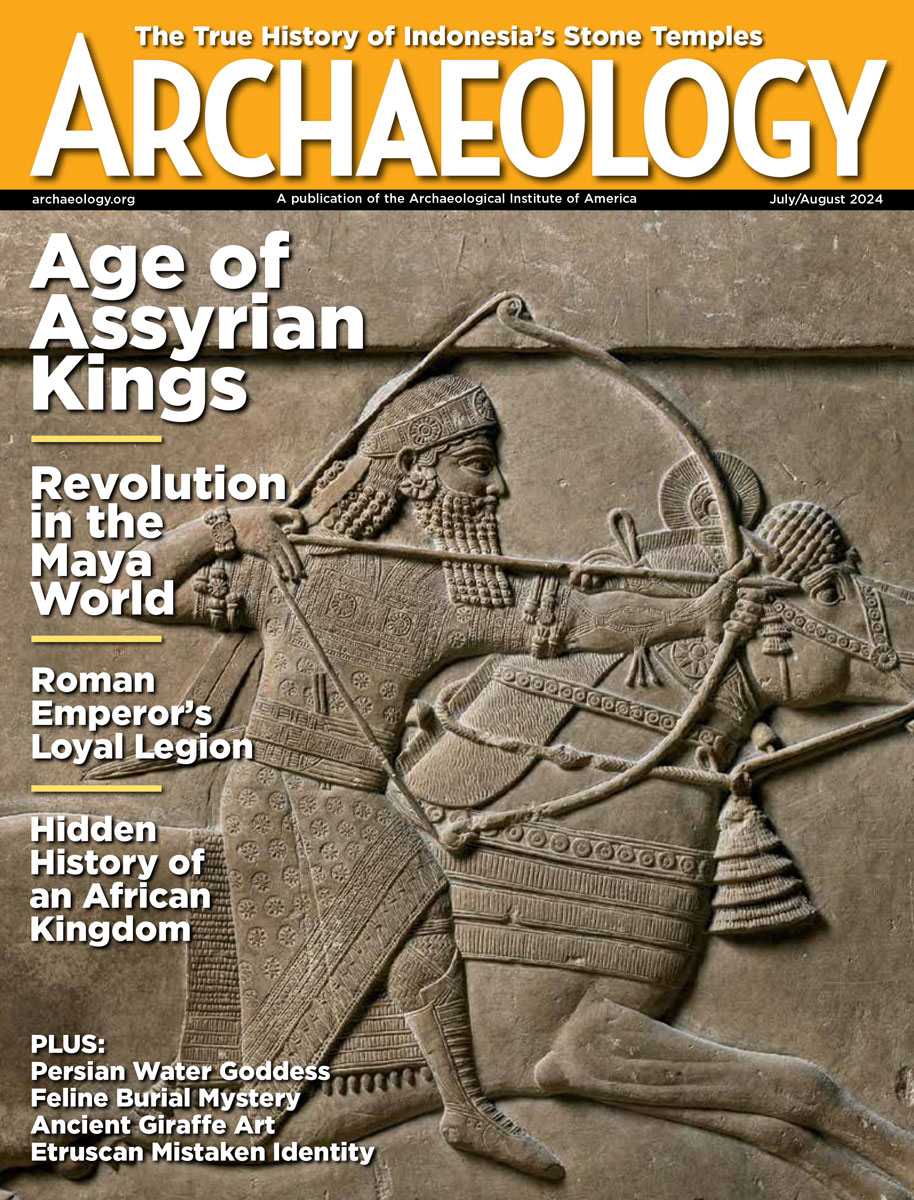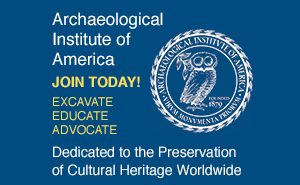Friday, February 24
February 24, 2012
Archaeologist Richard Pettigrew speaks out against the upcoming auction of artifacts from the Titanic. “I don’t think the site has been treated properly. It hasn’t been treated scientifically, or with the kind of respect that it should be treated with, and that’s why I’m objecting to it,†he said.
Two men have been arrested in Indiana and charged with plundering private property for American Indian artifacts.
A California man has pleaded guilty to possession of seven American Indian baskets stolen from the Blue Lake Museum.
Heather Burke of Flinders University thinks she has found the location of Mary MacKilop’s first school. MacKilop is Australia’s first Roman Catholic saint. She set up a school in a stable in 1866.
- Comments Off on Friday, February 24
Thursday, February 23
February 23, 2012
This article addresses ceremonial sights and sounds in the ancient world, putting the recent claim that Stonehenge was built to mimic an acoustical interference pattern in context. “Nobody has been paying attention to the sounds. We’ve been destroying he sounds,†said independent researcher Steven Waller. Be sure to watch the embedded videos. The Guardian gives a fuller explanation of Waller’s idea and a response from archaeologist Timothy Darvill of Bournemouth University. He doesn’t think that Stonehenge was built with acoustics in mind. “The main structure is a replica in stone of what was normally built in wood,†he explained.
Digital technologies could save endangered languages by extending their reach from remote communities and making learning the language fun for young people.  See and hear some of those dying language speakers at National Geographic News.
A colossal statue of the Egyptian pharaoh Amenhotep III Â has been unearthed at his temple in Luxor. It fell out position during an earthquake, but has now been returned to its original location.
A new multidisciplinary research project will investigate Ireland’s interactions with the Roman Empire and Roman Britain. “These guys could get what they wanted without being physically present. I think what they were interested in from Ireland was agricultural produce, probably butter, cattle, and cattle hide, as well as slaves and mercenaries,†said Eamonn Kelly of the National Museum of Ireland.
- Comments Off on Thursday, February 23









